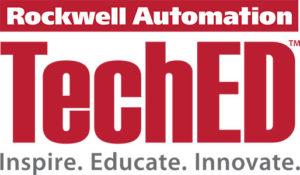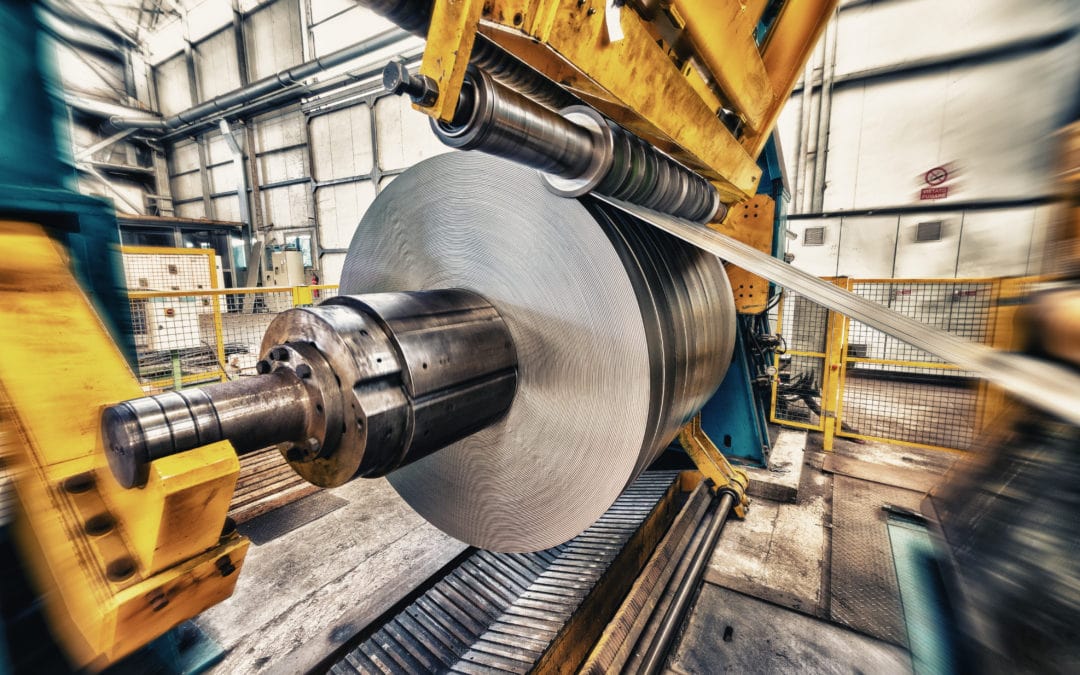As I think back on my 20 years working at Brock Solutions, and specifically in the metals industry, it is interesting to reflect that a lot has changed but a lot is still the same. When I began my career in real-time operations space developing custom Level 2 and Level 3 systems (precursors to MES) I was replacing legacy PDP-11 and VAX systems that had been in place for 10+ years, reaching the end of their life, having limited support, were tough to expand, and included mounds of paper-work. Today those original systems that I developed are now reaching their point of replacement. But even more amazing is that a number of customers these days still have those older VAX, Alpha, DOS, early Windows systems that should have already been replaced. They are 20 to 30+ years old, end of life, even harder to support, and the original people that supported those systems have retired. Just as many metals companies still rely on mounds of paperwork with all this environment being held together with Excel and a few custom database systems. Why is this so?
Metals manufacturing has gone through a number of boom and bust cycles. Either they are too busy maximizing output to look at implementing new systems, or the market has turned and they are minimizing investments and holding on until the market once again rebounds.
In the past couple years however, we are seeing a change in the market. Many metals companies have hit the point that in order to stay competitive and even keep manufacturing running they need to address their real-time operations systems. They are looking at technology as a competitive advantage and a baseline necessity. Aerospace and automotive customers are demanding higher levels of quality control, traceability, shorter lead times, and rapid development of new alloys/grades and end products.
A big difference from my early days is that companies are no longer looking at developing custom Manufacturing Operations Management (MOM) systems. They do not want to have an internal team of inhouse IT staff developing and sustaining solutions. They are looking for services partners and commercial packages that can be configured and adapted to their specific business needs. They are looking for systems that address all the current buzz words of Industry 4.0, IIOT, Digital, Smart Manufacturing. They want systems that they can use to drive operational performance, enable their new workforce, have technology to help attract new talent, and do performance analysis.
In recent years we have worked with clients in casting of aluminum ingots, continuous coil casting, pipe and tube mill, foundry, and casting of iron-bars. For all of these clients we have helped them define what a modern MOM solution would look like, roadmap, quick wins, business case, overall infrastructure needs, and the architecture looking at automation, historian, MES, manufacturing intelligence, and integrating with ERP and other specialized applications like charge build formulations.
With the pipe and tube mill example, our client had a run-to-fail mentality. They had legacy systems, silos of information and roles, and lacked clear visibility into what was happening on the manufacturing floor. They started with automation infrastructure upgrades to address critical maintenance and operational needs and then focused on the real-time operations environment. Their MOM solution:
- Addresses their engineered to order environment outputting over 1400 pipes/day and able to handle production output of various classes of pipes against a backdrop of manufacturing instructions with over 600 parameters to define what needed to happen at each operation (process, operations and quality details)
- Ensure that the right coils were used for each job
- Define the optimal cut pattern for the coil against the job parameters, and
- Define and drive the various quality checks that were required.
The solution includes a common user interface that started with initial operations and quality definition for work orders, operations execution, quality verifications, and final tally and acceptance of pipe across two mills with different processes for pipe manufacturing. Quick wins were established by early implementation of a data historian and reporting framework that was further enhanced as the MES solution came online to provide context. Our client now has a modern MOM platform that we continue to evolve and that is expanding into advanced analytics. The solution has led to increased yield, improved quality, and greater overall traceability and data.
For another customer that casts ingots, we took a holistic view of an entire integrated mill and defined how to begin working in phases along the process and where to start to get the greatest returns, minimize overall risk, and allow for a staged replacement through the mill of legacy Alpha-based systems. The solution addresses key requirements for integration with ERP for taking molten batch orders and aligning with the output of discrete ingot orders. This MES solution:
- Tracks all the inventory (raw materials, scrap, cast ingots) through the facility
- Interfaces with a charge calculator to determine the optimal material makeup on charges
- Transitions charges through the process to final ingots to obtain complete traceability, with
- Integration to the automation layer (PLC and custom Level 2 systems), quality verifications, downtime tracking, and guiding operations throughout the process.
These are just two high level summaries showing what metals customers are accomplishing when taking a real-time operations vision and implementing with modern tools. The results lead to real measurable value to the business, along with setting up for a long-term sustainable solution for future growth, expansion and analytics. This also sets the groundwork moving away from paper and limiting legacy systems to open secure platforms.
I’m excited to see where we continue to evolve over the next 20 years, as more advanced predictive analytics and artificial intelligence take shape in the metals industry, expanding on the current investments in the real-time operations space.
If you’d like to learn more, click the following links:
Upcoming Events:
 Brock Solutions will be jointly presenting with Stupp Corporation at the Rockwell TechEd Conference in San Diego June 11 and June 13 on the MES solution implemented, lessons learned, and benefits they have experienced. If you’re interested in learning more about Brock’s work in metals, or would like to speak with some of our metals clients, click here and we would be happy to arrange an in-person discussion.
Brock Solutions will be jointly presenting with Stupp Corporation at the Rockwell TechEd Conference in San Diego June 11 and June 13 on the MES solution implemented, lessons learned, and benefits they have experienced. If you’re interested in learning more about Brock’s work in metals, or would like to speak with some of our metals clients, click here and we would be happy to arrange an in-person discussion.

